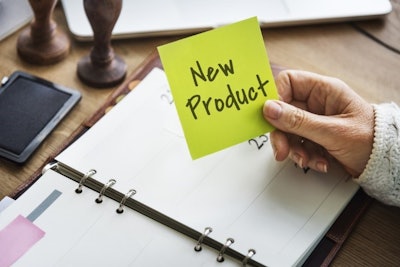
It’s natural to get excited about a new product launch, but if you are smart, you should feel a bit nervous, as well. Launching a new product is expensive and time-consuming, and a launch that flops or is otherwise not a smashing success will cost your company dearly. Before you rush headlong into launch, you should cross your i's and dot your t’s by making sure you aren’t accidentally committing one of the following disastrous product launch mistakes.
Lacking a Plan
It should go without saying that whenever you want to do anything — anything — with your business, you need a plan. This goes for switching to a different office supplies supplier, and it certainly goes for something as significant as launching a new product.
From the very beginning of your machinations to create a new product, you should establish a clear product launch plan that is continuously updated as various aspects of the product and process change. Your plan should incorporate every stage of launch, from pre-launch to launch production and even to post-launch. It should draw upon insights gleaned from product and audience research, and it should be intricately detailed, so when launch approaches, you aren’t relying on risky guesswork. Most importantly, your plan should include your launch budget, which will determine so much about production and promotion for years to come.
Scheduling Poorly
You can’t expect to launch a new product a few hours after coming up with the idea — in fact, you shouldn’t even hint at a product in development until your launch date is relatively soon. Poor scheduling has all sorts of ramifications: You could curtail research and development, causing problems with the product; you could reduce anticipation and excitement from customers who are tired of waiting for delayed product launch; you could lose customer loyalty and support. When you build your product launch plan, you need the schedule to be realistic and flexible, and you should avoid alerting your audience before it is necessary.
Ignoring Your Staff
As a business leader, you know quite a bit about how your business runs — but you don’t know everything. You need to learn to trust your staff if they tell you that your expectations for the product are untenable because they likely have a more accurate understanding of what can feasibly be done. If you ignore your staff when they offer concerns, you are likely to harm your product or launch in significant ways that could severely cripple your business.
By a similar token, you probably shouldn’t try to keep your new product under wraps inside your company. Almost every internal team will be affected by a new product launch, and by keeping secrets, you prevent your departments from offering insights or preparing adequately for the future shake up. For example, your sales team could tell you what aspects of the product will sell best among existing customers; your customer services team can identify the more likely audience questions and concerns; and your tech team will be able to anticipate technical difficulties on launch day, like higher-than-average web traffic. From the very beginning of launch planning, representatives from every team should be in the know and providing input.
Neglecting Tests and Feedback
There is no example in history where v1 has been a winner. Your product will undergo myriad changes before it reaches launch-readiness, and these changes should be guided by extensive testing and feedback from various sources. Simply put, you can’t trust your own judgement, and those close to the project might not have the fresh perspective you need to ensure your product is the best it can be.
At each stage of product development, you should schedule user testing and feedback sessions. These do more than simple QA: They tell you how well something works for a given audience. Even more important, once you have feedback from these tests, you should utilize it to improve your product well before launch. Then, you are more likely to please your core demographic with a high-functioning product.
A new product launch is a science, but it is also an art. You will need to draw upon every one of your skills, from business management to budget development to technical knowledge skill, to create a practical product and ensure your audience is enthusiastic about it. The most successful launches take plenty of time and work to carry off, so you should keep your nose to the grindstone even as your excitement grows.

















